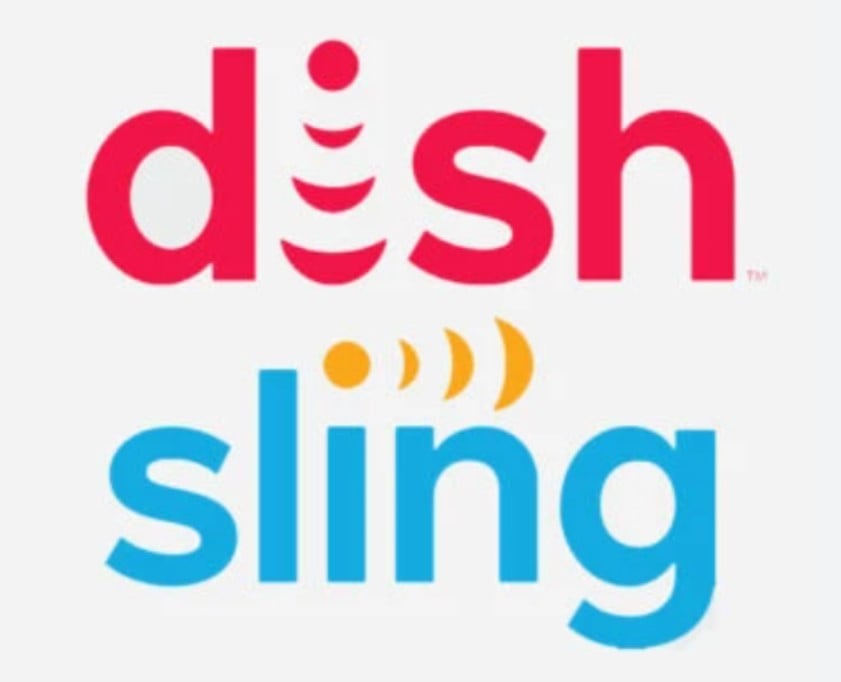
Dish Network announced two major vendor agreements on its path to becoming the nation’s fourth national facilities-based carrier: Fujitsu for a “large purchase” but undisclosed number of radio units (RUs) and a multi-year agreement with Altiostar for a cloud-native Open vRAN software solution.
Dish said it will use Fujitsu's Low Band Tri-Band RU and Mid Band Dual-Band RU across the company's spectrum portfolio. Japan-based Fujitsu also will provide support through its integrated supply chain to deliver radio and antenna integration.
In addition, Fujitsu will manage DU/RU hardware validation between vendors, including Altiostar and Mavenir, which are delivering cloud-native 5G radio software to Dish. Mavenir was Dish’s first software vendor announced in April.
"As we deploy radio units and connect them to our cloud-native network, we look for industry-leading quality, best and proven radio performance and zero-touch automation," said Marc Rouanne, Dish executive vice president and chief network officer, who came to Dish in November after years at Nokia.
RELATED: Dish names Mavenir as first vendor for 5G network build
Leveraging Altiostar's software solution, Dish says it will be able to dynamically scale its network depending on the type of applications and services being deployed. “The openness, modularity, agility and scalability provided by Altiostar will enable Dish to quickly deploy new 5G services for consumers and businesses,” the company stated.
While legacy U.S. operators are moving to standalone (SA) 5G architecture versus their non-standalone (NSA) 5G networks, Dish contends that by using open architecture to build its first standalone 5G network, it’s able to work with the best vendors across the supply chain to serve multiple segments, including consumers, enterprises and emerging 5G vertical markets.
"Altiostar's proven expertise in O-RAN will allow us to build an open mobile network with the automation, resilience and agility needed to deliver services that will differentiate us in the wireless market,” Rouanne stated.
RELATED: Dish’s risk lies with the network—analyst
Rakuten Mobile, the Japanese mobile operator that launched commercial service in April, is an investor in U.S.-based Altiostar and uses its Open vRAN technology at scale. Dish CEO Charlie Ergen has said that Dish has learned a lot from Rakuten’s greenfield open RAN build, noting that the Japanese operator is “designing the right kind of network for the future.”
Dish has committed to the FCC that, by June 14, 2022, it will have deployed a core network and will offer 5G broadband service to at least 20% of the U.S. population using Dish’s AWS-4, lower 700 MHz E Block and H Block licenses.
In addition, the company promised that by June 14, 2023, it will offer 5G broadband to at least 70% of the U.S. population using its 600 MHz, AWS-4, lower 700 MHz E Block and H Block licenses.
Separately but related to the government’s approval of the T-Mobile/Sprint merger, Dish is acquiring Sprint’s prepaid assets, namely Boost Mobile, in a deal set to conclude tomorrow. That will give it a retail presence and ability to start serving customers with a seven-year MVNO pact with T-Mobile while it builds out its own 5G network.
RELATED: Dish not worried about funding for Boost, 5G network
According to Allnet Insight, Dish owns 94 megahertz of sub-6 GHz spectrum and 1,000 megahertz of millimeter wave (mmWave) spectrum, which includes 377 megahertz of 12.2 GHz spectrum. That compares to, for example, 324 megahertz of sub-6 GHz spectrum that T-Mobile controls and 2,000 megahertz of mmWave spectrum that Verizon holds.
"dish" - Google News
June 30, 2020 at 09:42PM
https://ift.tt/3ieXEuz
Dish selects Fujitsu, Altiostar for 5G radios, Open vRAN - FierceWireless
"dish" - Google News
https://ift.tt/2MXZLF4

No comments:
Post a Comment